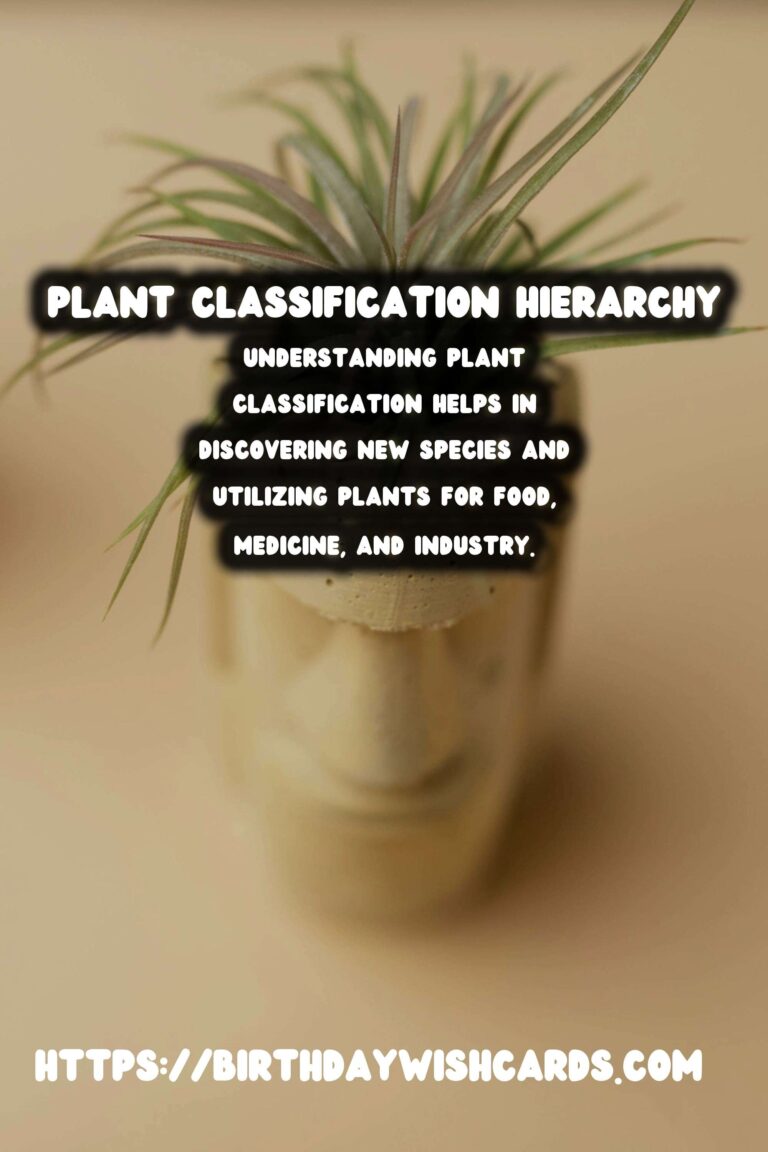
Plants, with their vast diversity and essential roles in ecosystems, have been a subject of study for centuries. To make sense of the immense variety, scientists have developed a system of classification that categorizes plants based on shared characteristics. This system helps in understanding the relationships between different plant species and their evolutionary history. The classification hierarchy ranges from the broad category of kingdom down to the specific level of species.
The Kingdom: Plantae
The kingdom is the highest taxonomic rank and encompasses all plants. The kingdom Plantae includes multicellular organisms that primarily perform photosynthesis, a process that converts light energy into chemical energy stored in glucose. Members of this kingdom are characterized by cell walls composed of cellulose, the presence of chlorophyll, and the ability to grow through cell division and differentiation.
Division or Phylum: Major Plant Groups
Within the kingdom, plants are further divided into phyla, also known as divisions. The major plant divisions include Bryophyta (mosses), Pteridophyta (ferns), Coniferophyta (conifers), and Anthophyta (flowering plants). Each division represents a group of plants that share common structural and reproductive features. For instance, Bryophytes are non-vascular, lacking specialized tissues for water and nutrient transport, while Pteridophytes and Coniferophytes have vascular tissues.
Class: Further Categorization
The class is the next level of classification and groups plants within a division based on more specific similarities. For example, within the division Anthophyta, plants are classified into classes such as Monocotyledonae (monocots) and Dicotyledonae (dicots). Monocots, like grasses and lilies, have a single seed leaf, while dicots, like roses and daisies, have two seed leaves.
Order and Family: Narrowing Down
Orders are composed of families that share a set of characteristics and evolutionary traits. The family is a more specific category and consists of one or more genera (plural of genus). For instance, the rose family, Rosaceae, includes genera such as Rosa (roses), Malus (apples), and Prunus (cherries). Each family is defined by distinct morphological traits, such as flower structure and fruit type.
Genus and Species: The Specific Identity
The genus groups species that are closely related and share a common ancestor. The species is the most specific level of classification and represents a group of individuals that can interbreed and produce fertile offspring. For example, in the scientific name Rosa canina, Rosa is the genus, and canina is the species. The species name is often descriptive of a plant’s features or its habitat.
The Importance of Plant Classification
Understanding plant classification is crucial for various scientific and practical applications. It aids in the identification and study of plants, contributes to biodiversity conservation, and has implications for agriculture and horticulture. By classifying plants, scientists can identify new species, understand ecological relationships, and develop strategies for preserving endangered species.
Moreover, plant classification has economic importance, as it helps in the discovery and utilization of plants for food, medicine, and industry. For instance, the classification of medicinal plants enables researchers to identify potential sources of new drugs.
Conclusion
Plant classification, from kingdom to species, provides a framework for understanding the diversity and complexity of the plant world. This hierarchical system allows scientists and researchers to communicate effectively about plants and their characteristics. By studying plant classification, one gains insights into the evolutionary history of plants and their roles in ecosystems, ultimately fostering a deeper appreciation for the natural world.
Plants are classified into a hierarchical system from kingdom down to species. The kingdom Plantae includes all multicellular organisms that primarily perform photosynthesis. Within the kingdom, plants are divided into divisions such as Bryophyta, Pteridophyta, Coniferophyta, and Anthophyta. Classes within a division group plants based on specific similarities, such as Monocotyledonae and Dicotyledonae in Anthophyta. Orders and families narrow down the classification to specific groups with shared evolutionary traits. The genus groups closely related species, and the species is the most specific classification level. Plant classification aids in identification, biodiversity conservation, agriculture, horticulture, and economic applications. Understanding plant classification helps in discovering new species and utilizing plants for food, medicine, and industry. 
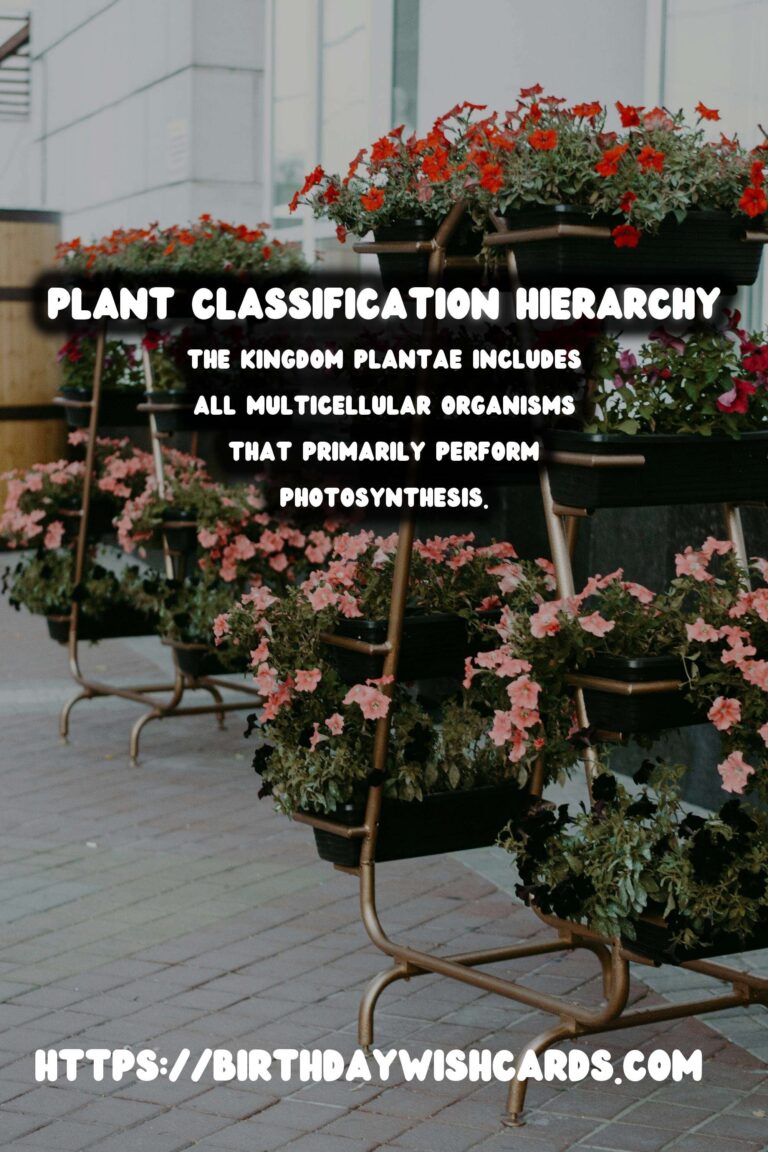
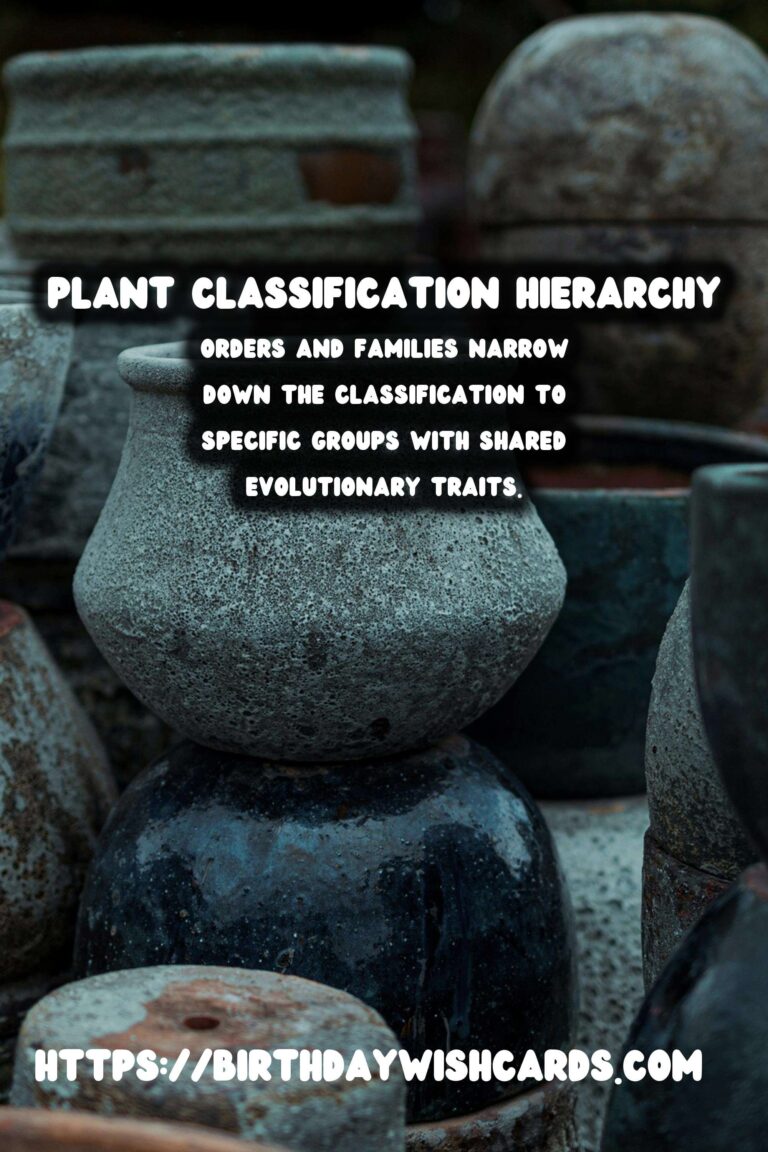
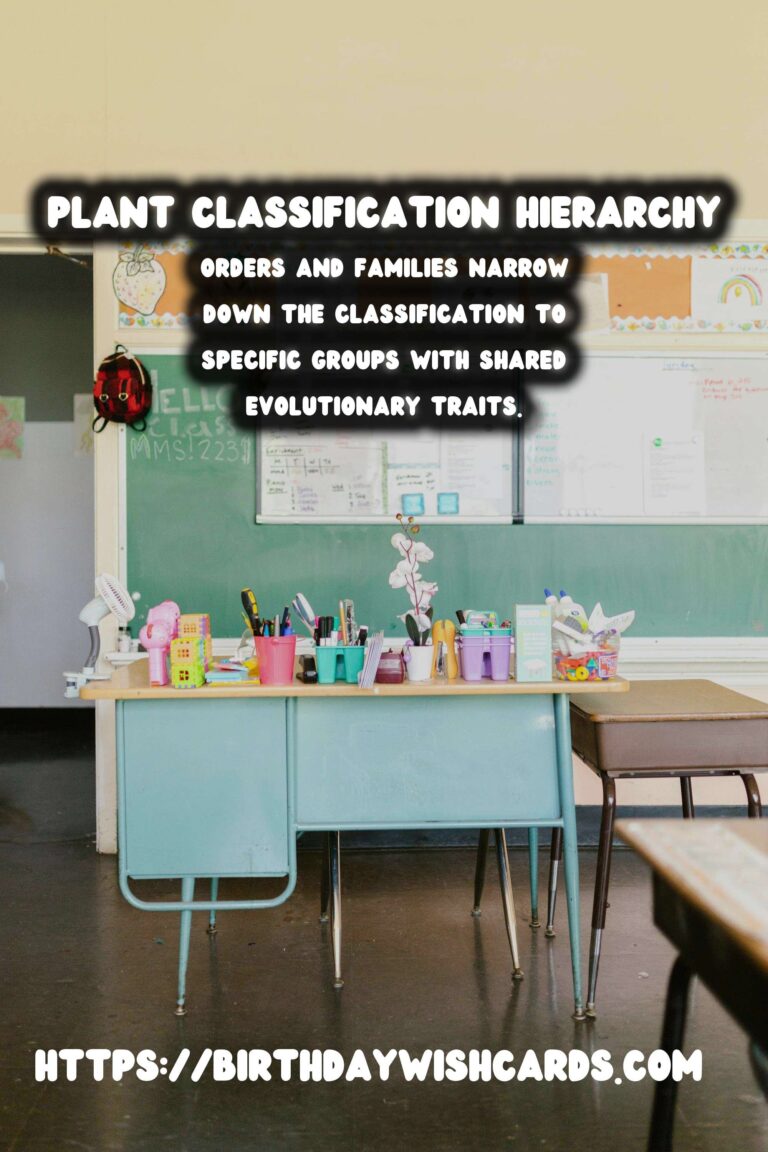


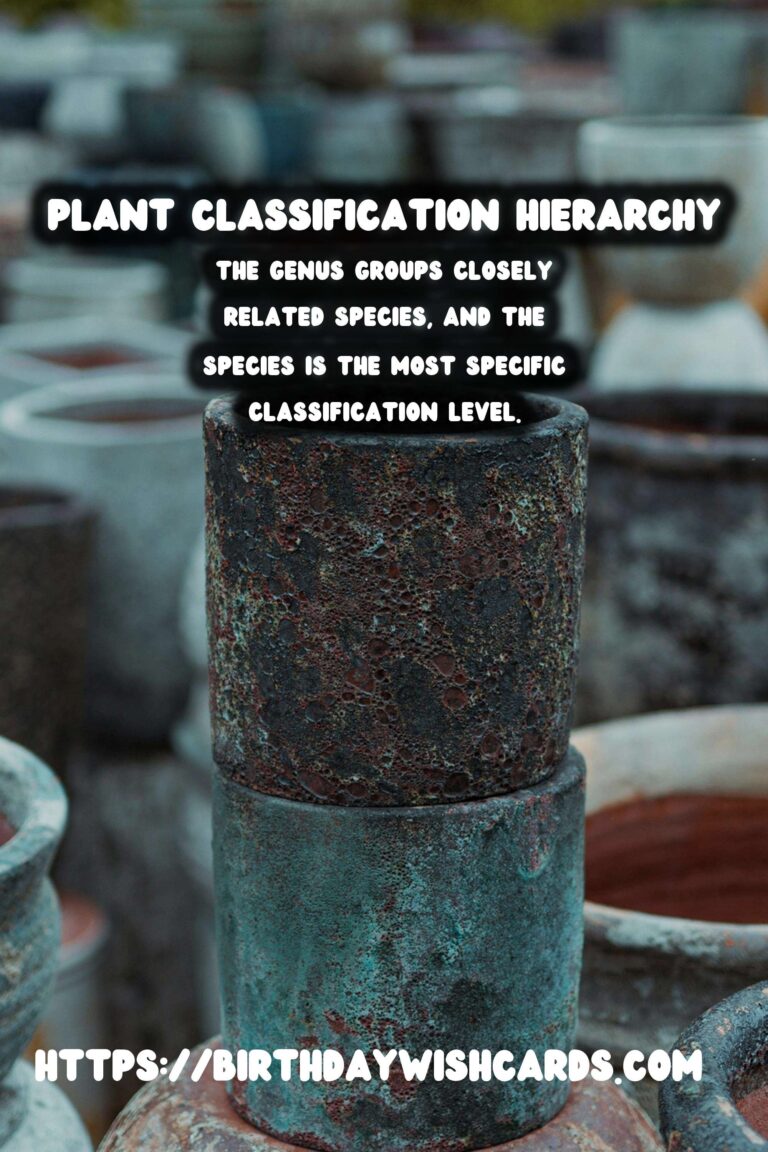
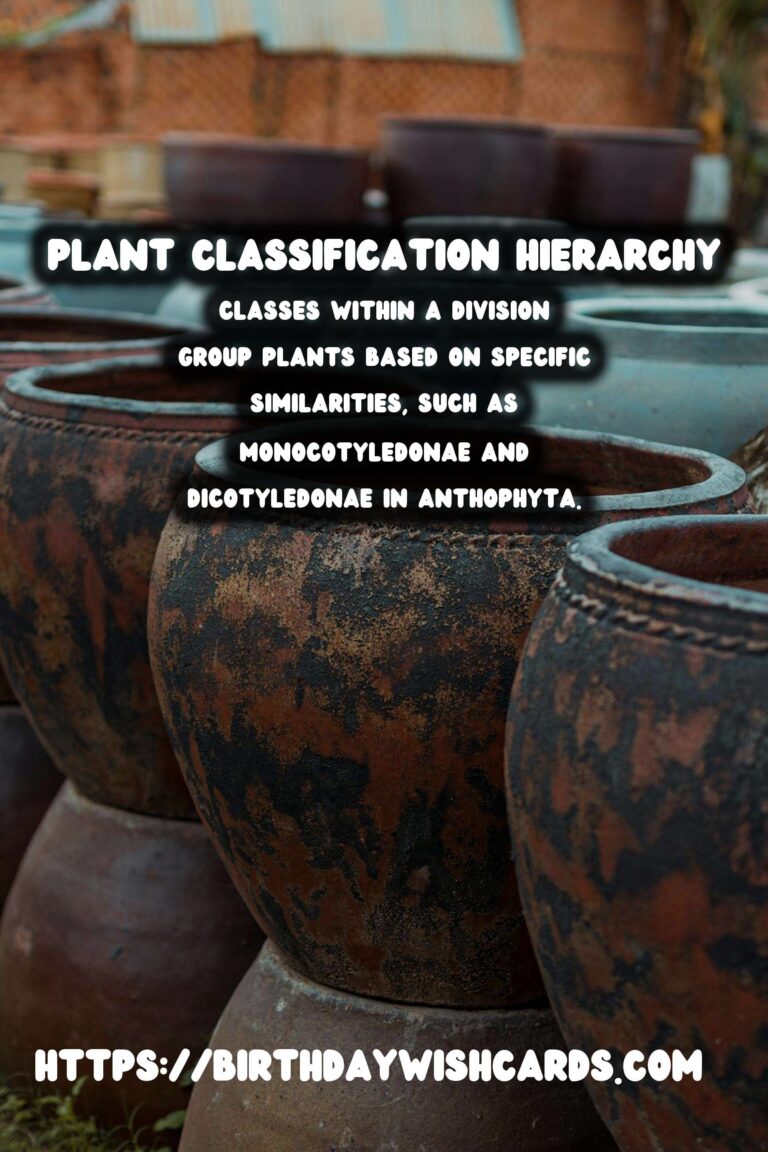


#PlantClassification #Botany #PlantScience #Biodiversity #Ecology #Conservation




